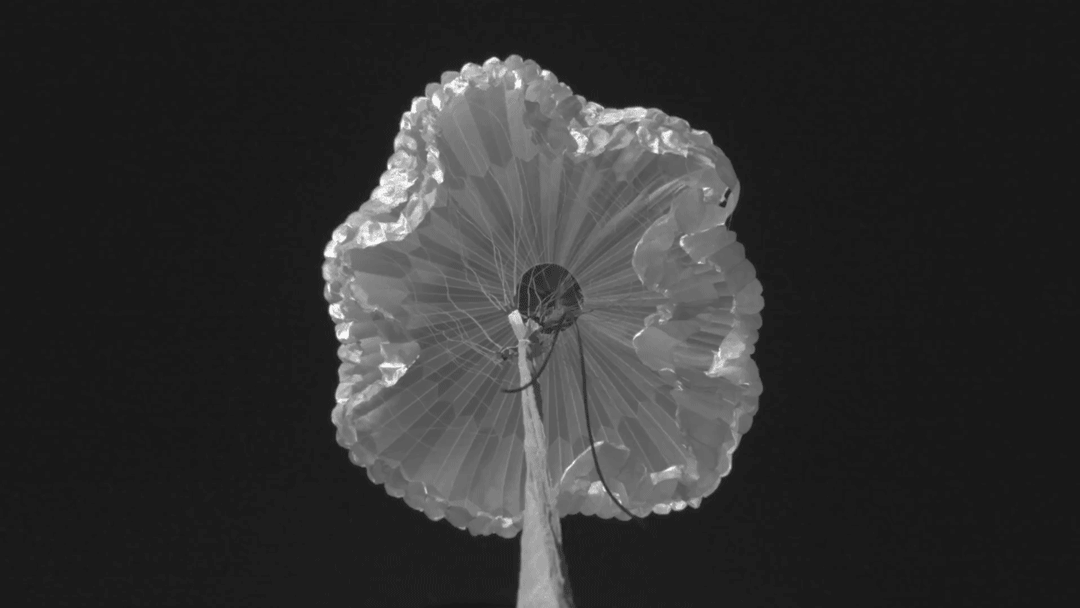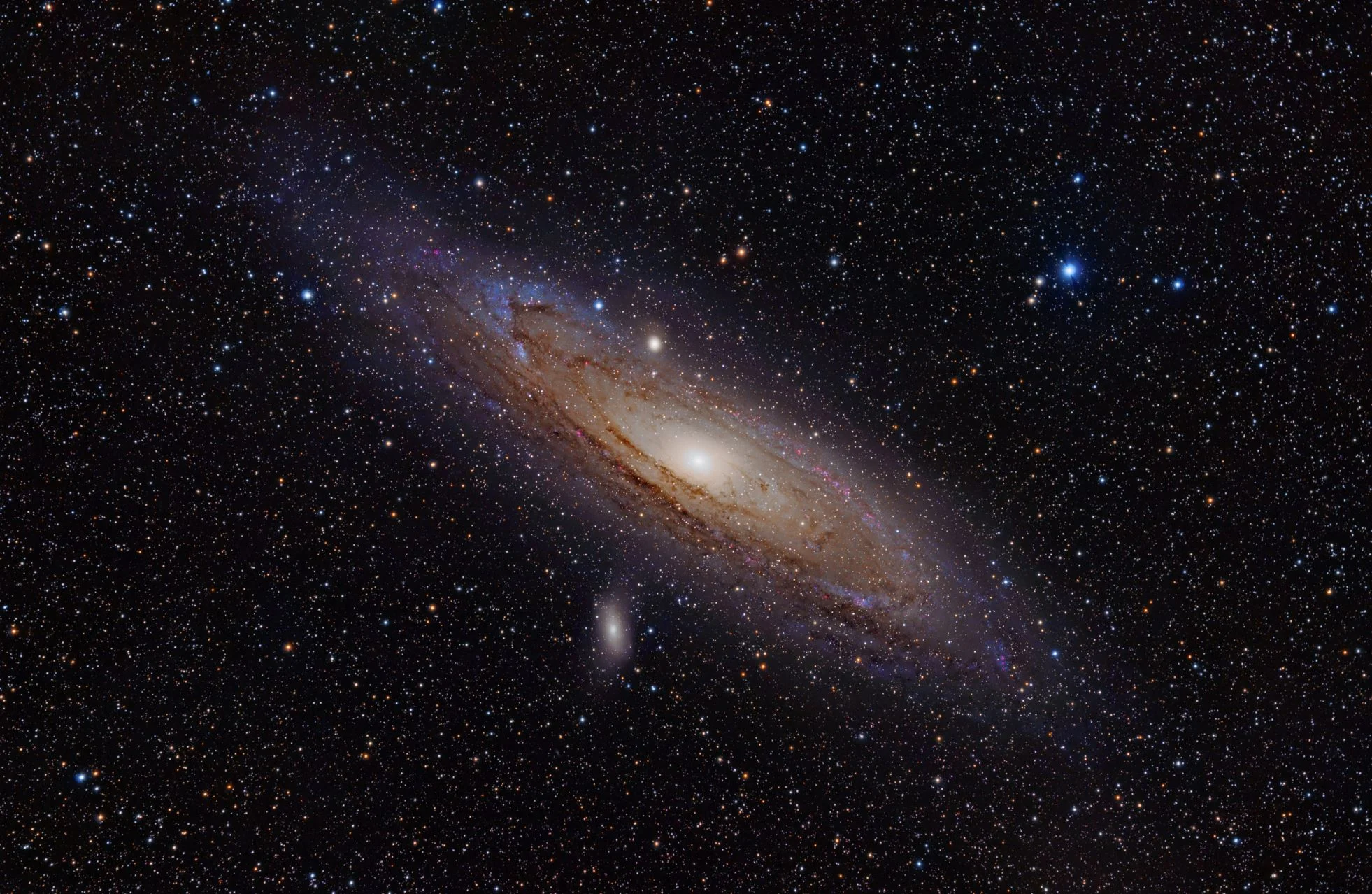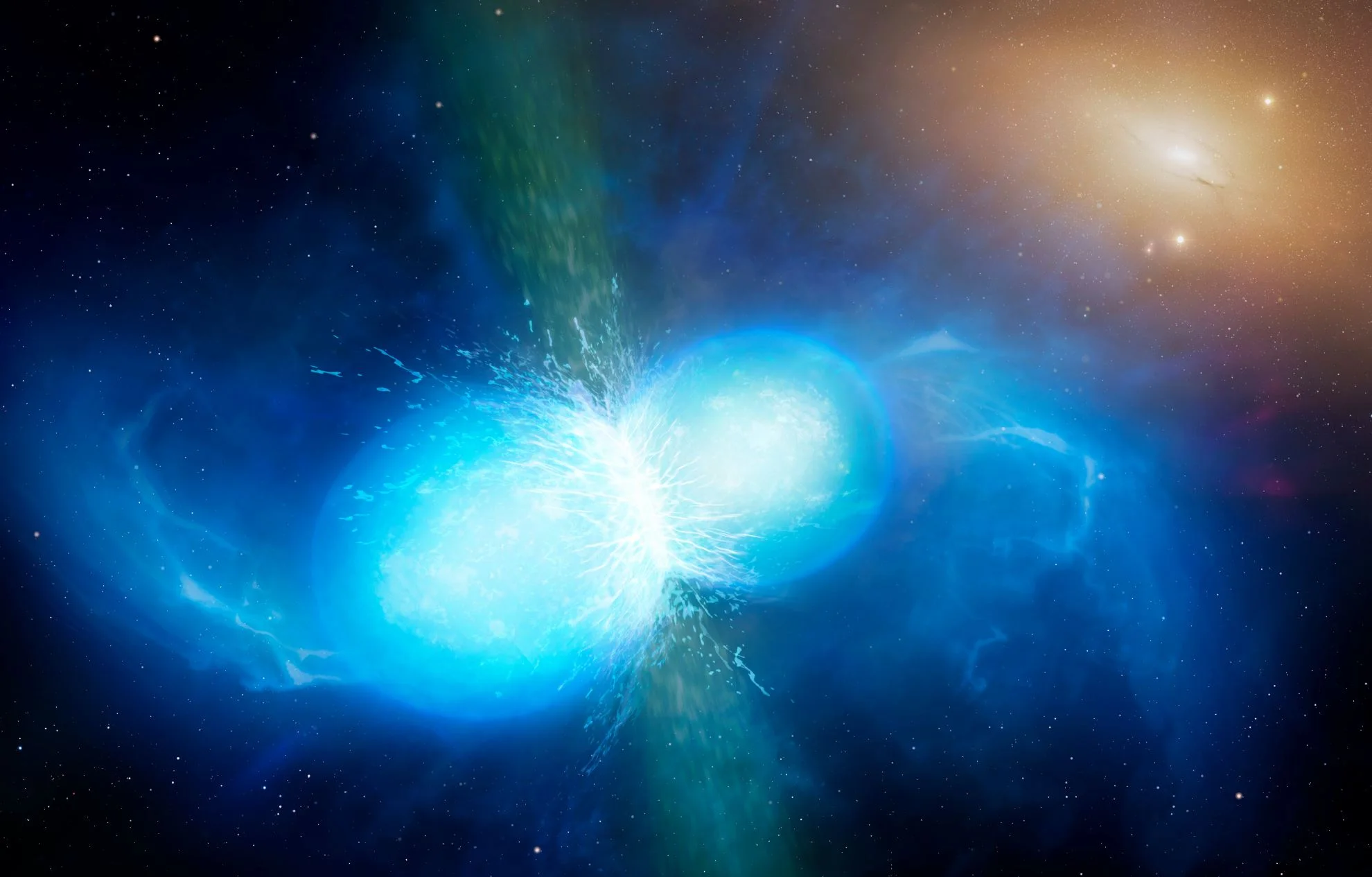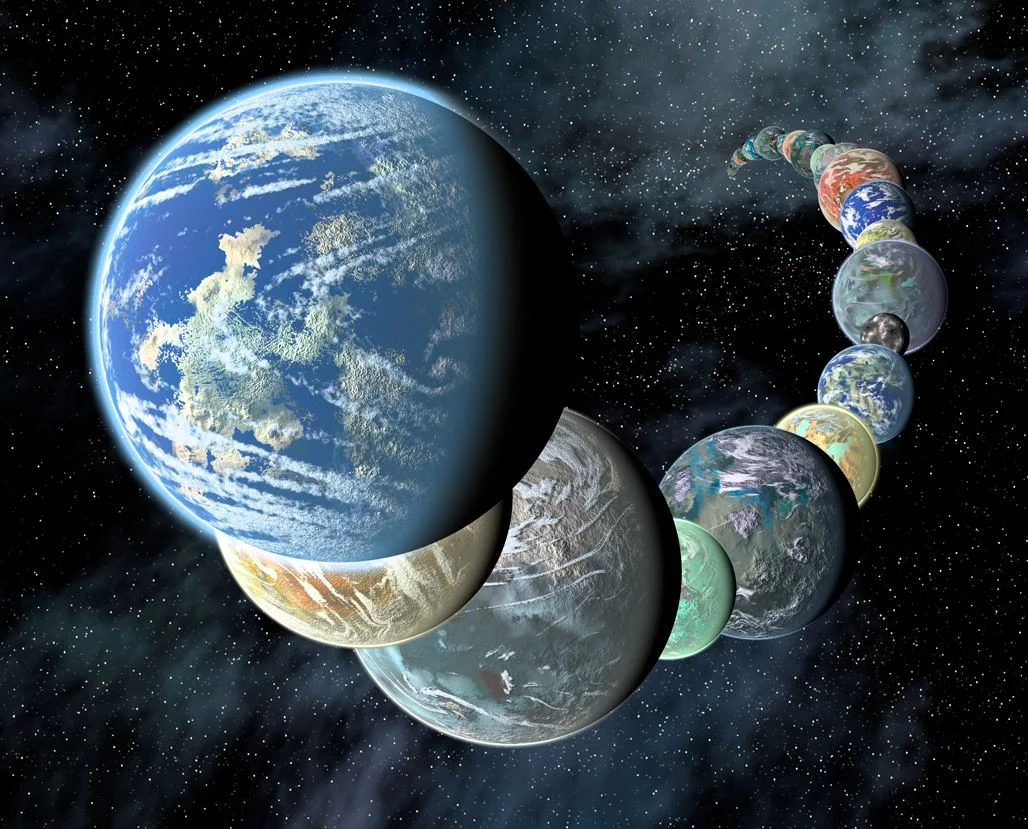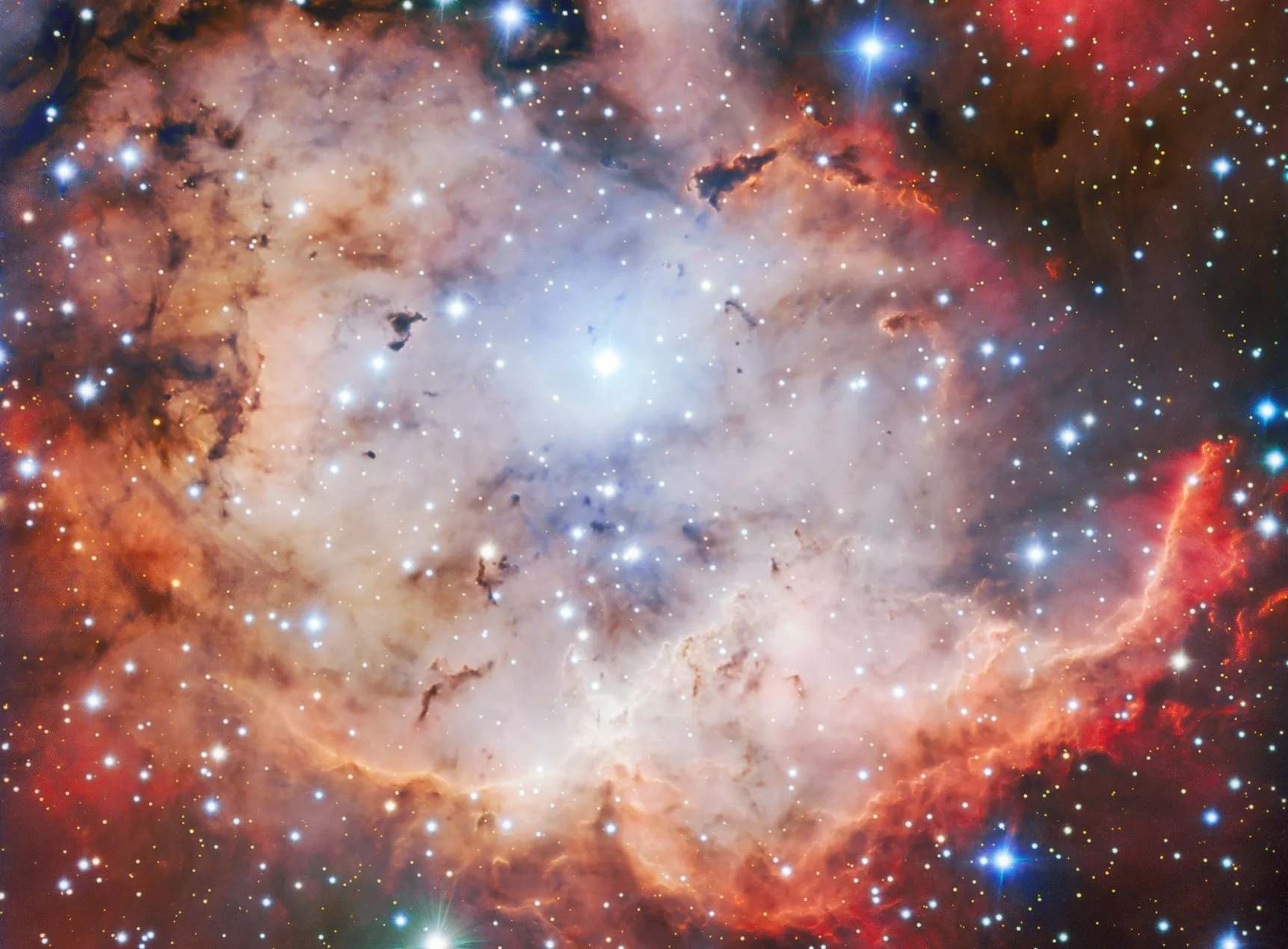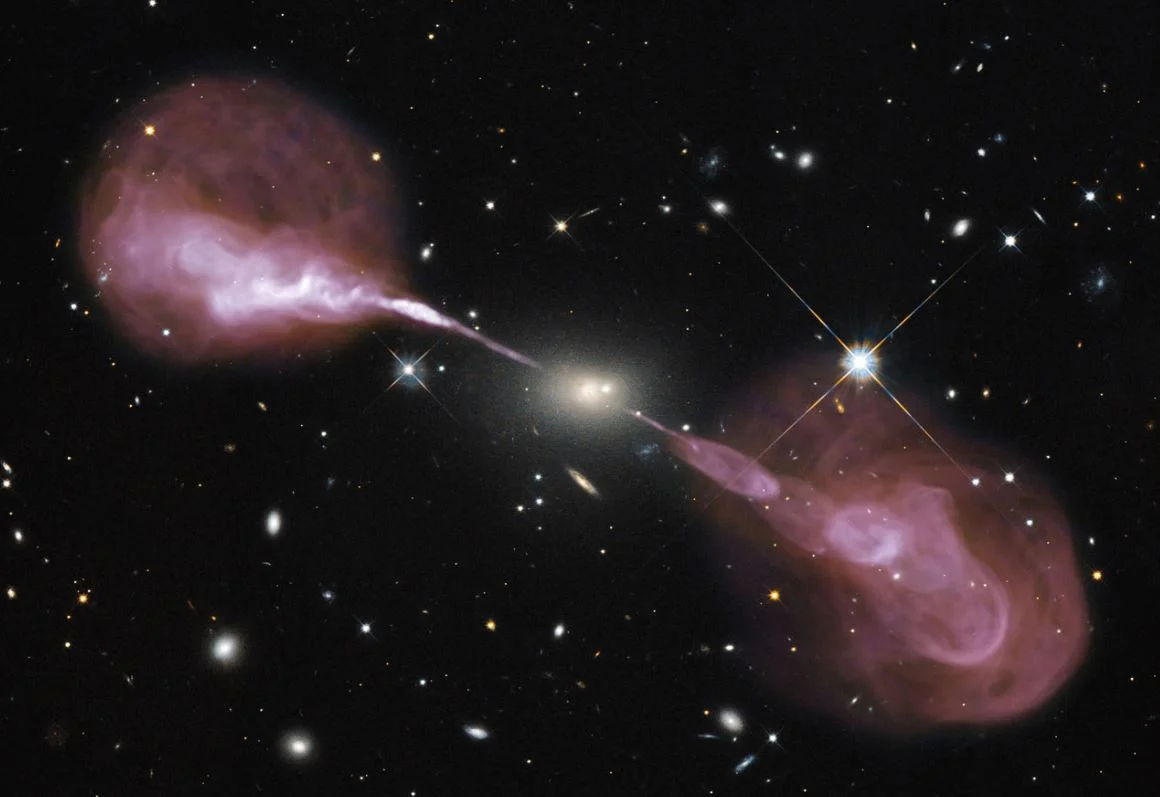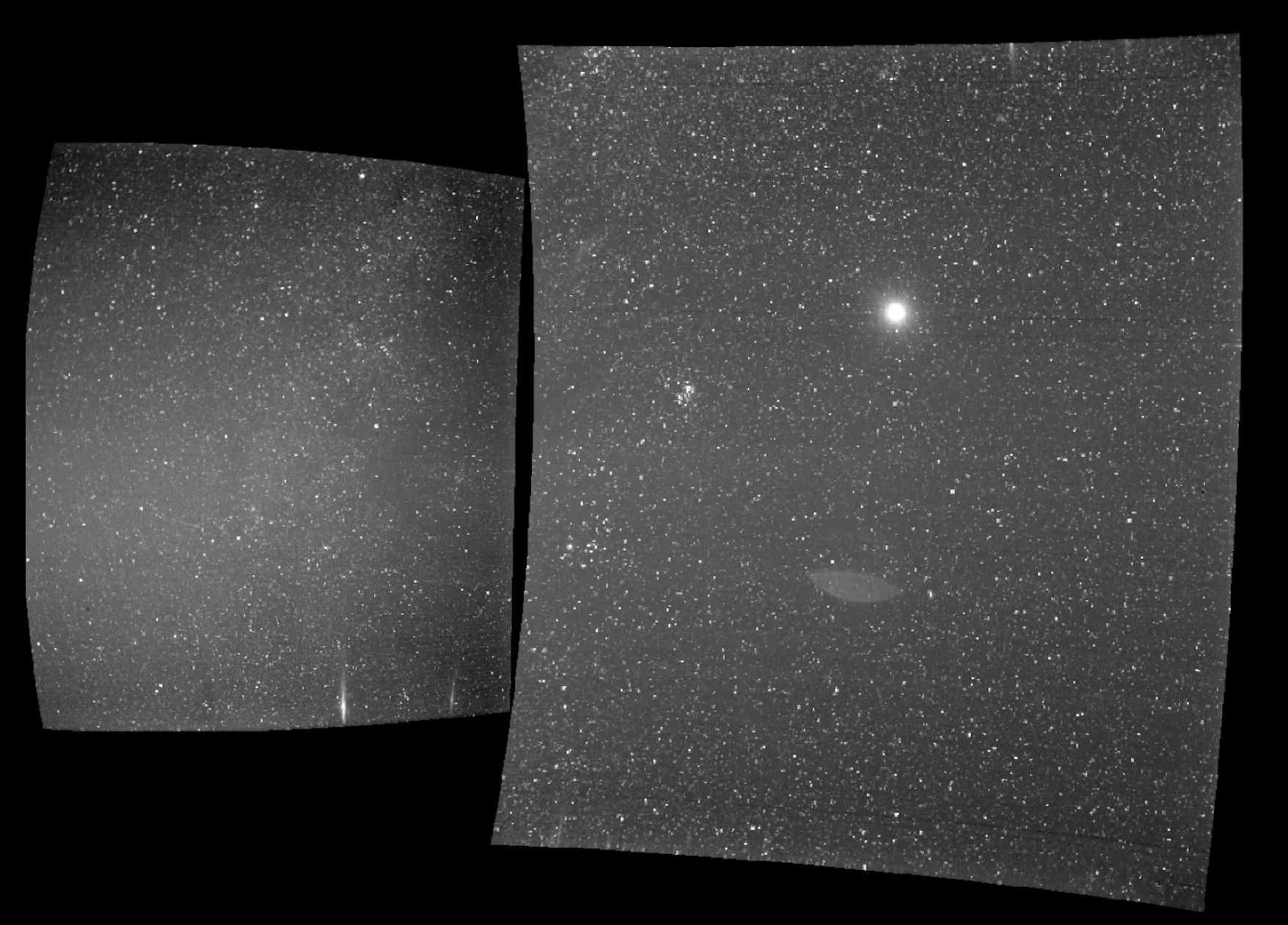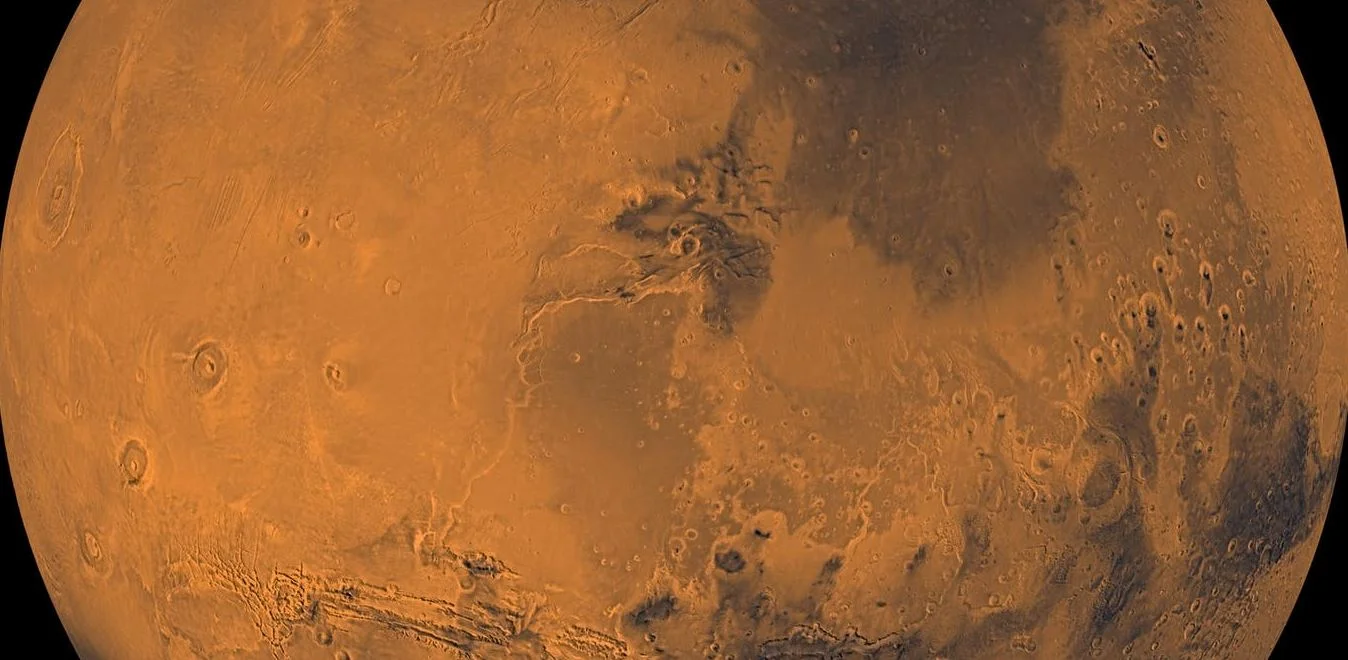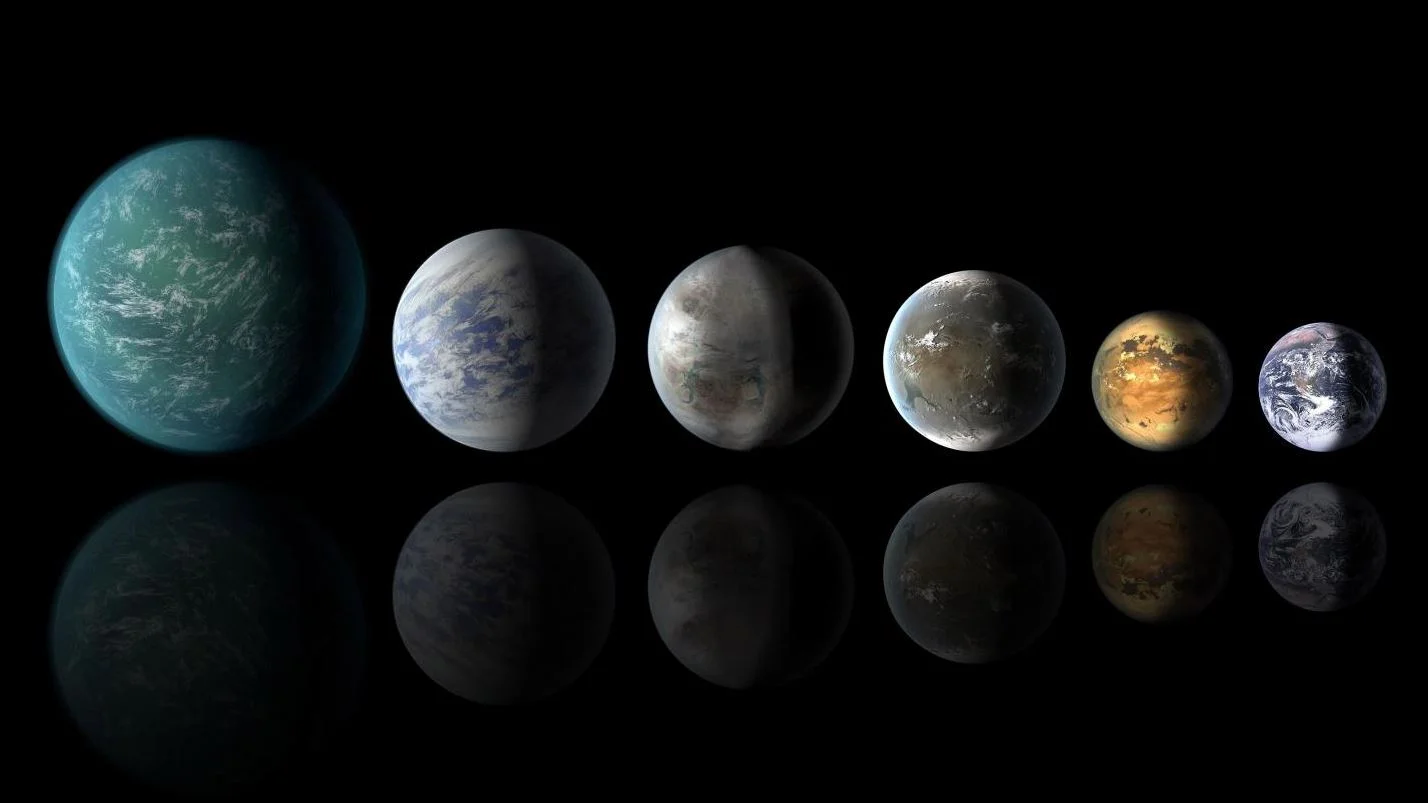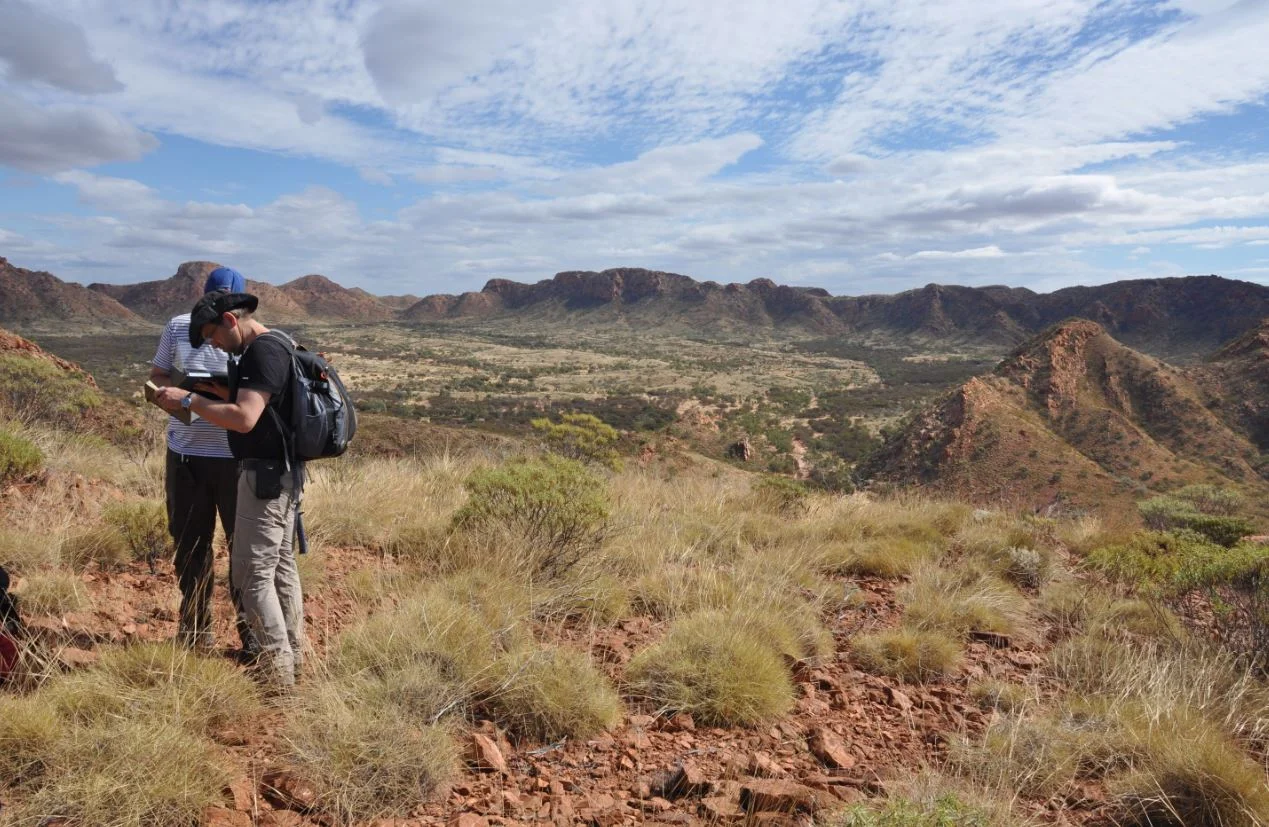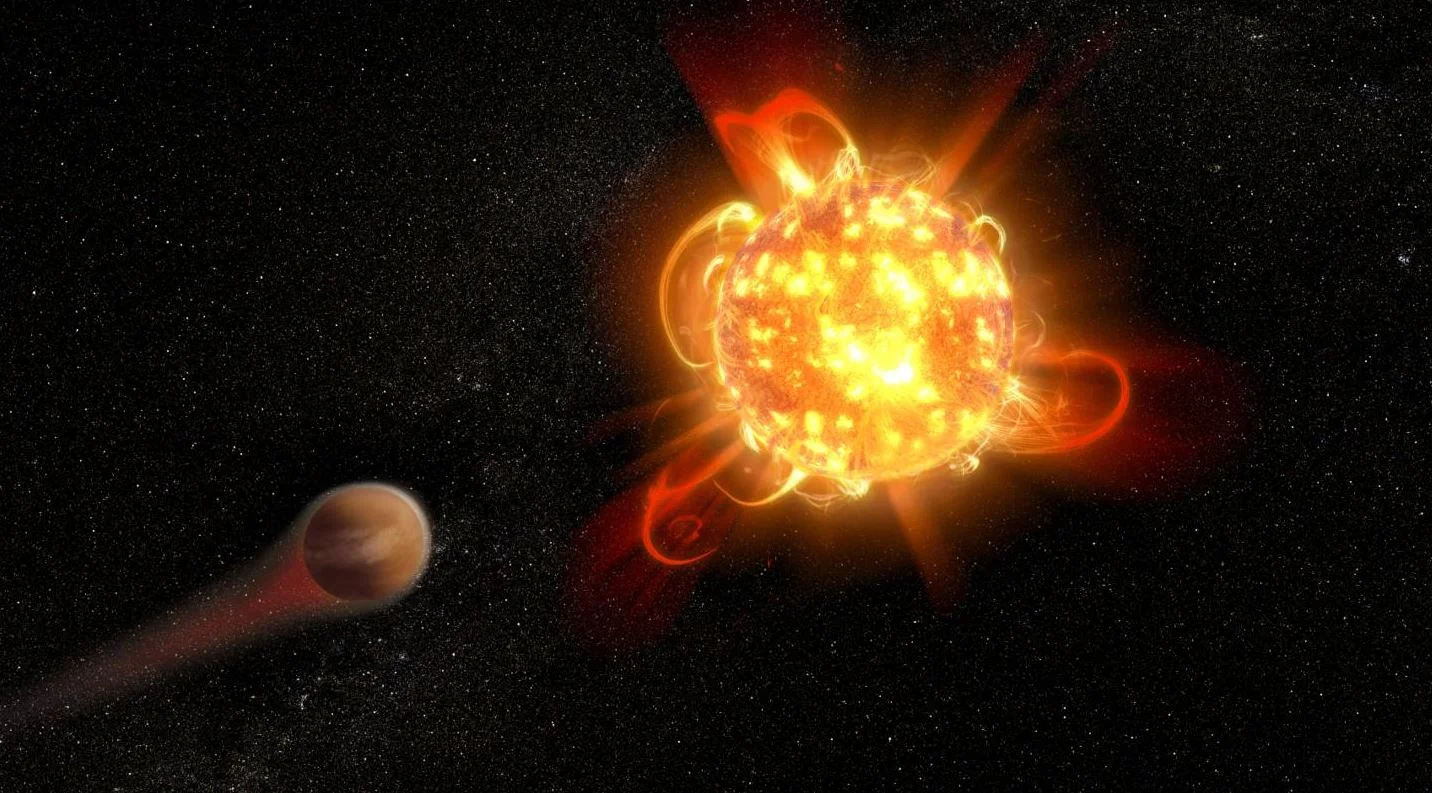NASA scientist Jeremy Harbeck was on a surveying flight over the Antarctic Peninsula earlier this month when he spotted an iceberg that looked like no other. It was almost perfectly rectangular, with square sides and a flat top that made it look more human-made than natural.
Third ASPIRE Test Confirms Mars 2020 Parachute a Go
Why we will probably never have a perfect clock
The time has come again when many of us switch our clocks from summer or daylight-saving time back to winter time. And the usual confusion sets in, is it an hour forwards or back? Why do we need to change the time at all? Indeed, EU member states have been asked if they would like to simply skip daylight saving time.
Has a New Dwarf Galaxy Been Found Hiding Behind Andromeda?
One of the greatest challenges of astronomy is locating objects in space that are obscured by the light of nearby, brighter objects. In addition to making extra-solar planets very difficult to directly image, this problem also intrudes on surveys of the local Universe, where astronomers are unable to detect dwarf and isolated galaxies because of all the brighter ones surrounding them.
Heart attacks more frequent in colder weather
Gravitational waves were only recently observed, and now astronomers are already thinking of ways to use them: like accurately measuring the expansion rate of the Universe
Rocky? Habitable? Sizing up a Galaxy of Planets
The planets so far discovered across the Milky Way are a motley, teeming multitude: hot Jupiters, gas giants, small, rocky worlds and mysterious planets larger than Earth and smaller than Neptune. As we prepare to add many thousands more to the thousands found already, the search goes on for evidence of life – and for a world something like our own.
Why do leaves change colour?
The Pirate of the Southern Skies
FORS2, an instrument mounted on ESO’s Very Large Telescope, has observed the active star-forming region NGC 2467 — sometimes referred to as the Skull and Crossbones Nebula. The image was captured as part of the ESO Cosmic Gems Programme, which makes use of the rare occasions when observing conditions are not suitable for gathering scientific data. Instead of sitting idle, the ESO Cosmic Gems Programme allows ESO’s telescopes to be used to capture visually stunning images of the southern skies.
It Could be Possible to Transfer Data Through Gravitational Waves
On February 11th, 2016, scientists at the Laser Interferometer Gravitational-wave Observatory (LIGO) made history when they announced the first detection of gravitational waves. Originally predicted made by Einstein’s Theory of General Relativity a century prior, these waves are essentially ripples in space-time that are formed by major astronomical events – such as the merger of a binary black hole pair.
We’ve spotted signs of mergers that may finally help us prove that supermassive black holes exist
Newborn Stars Blow Bubbles in the Cat's Paw Nebula
This image from NASA's Spitzer Space Telescope shows the Cat's Paw Nebula, so named for the large, round features that create the impression of a feline footprint. The nebula is a star-forming region in the Milky Way galaxy, located in the constellation Scorpius. Estimates of its distance from Earth range from about 4,200 to about 5,500 light-years.
Gravitational Waves Might be the Key to Finding Dark Matter
Parker Solar Probe Looks Back at Home
Sponges from Mars? Study suggests water on the red planet could support life
Mars has long been thought of as dry and barren – unable to harbour life. But research over the past few years indicates that there is most likely some briny water present there today, including a possible subsurface lake. This has led to new hopes that there could actually be life on the red planet after all, depending on what the conditions are like in the water.
To Find Evidence of Life on Exoplanets, Scientists Should Search for “Purple Earths”
What would it take to build a tower as high as outer space?
The human desire to create ever bigger and more impressive structures is insatiable. The pyramids of Ancient Egypt, the Great Wall of China and the Burj Khalifa in Dubai – now the tallest edifice in the world at over 828 metres (2,722 ft) – are a consequence of pushing engineering to its limits. But huge buildings aren’t just monuments to human ambition: they might also hold the key to humanity’s progress in the space-faring age.
How forensic science has helped rediscover forgotten apples
It’s been a good year for apples. Across Europe the apple harvest is the biggest it has been for a decade. But the handful of apple types you see on supermarket shelves only tells part of the story. There are actually 7,500 varieties of eating apple grown all over the world, and growers and scientists are making efforts to conserve and extend this.


